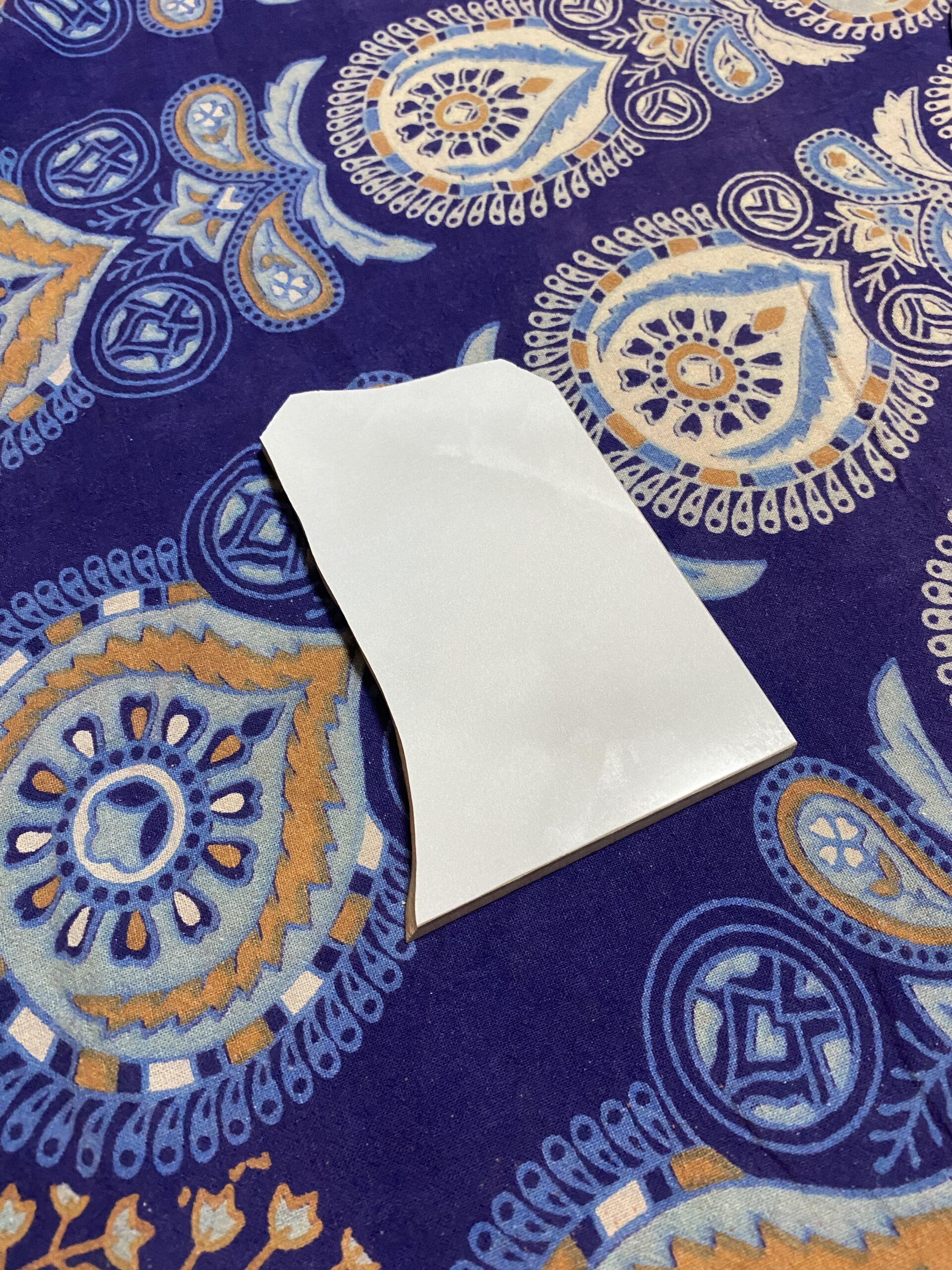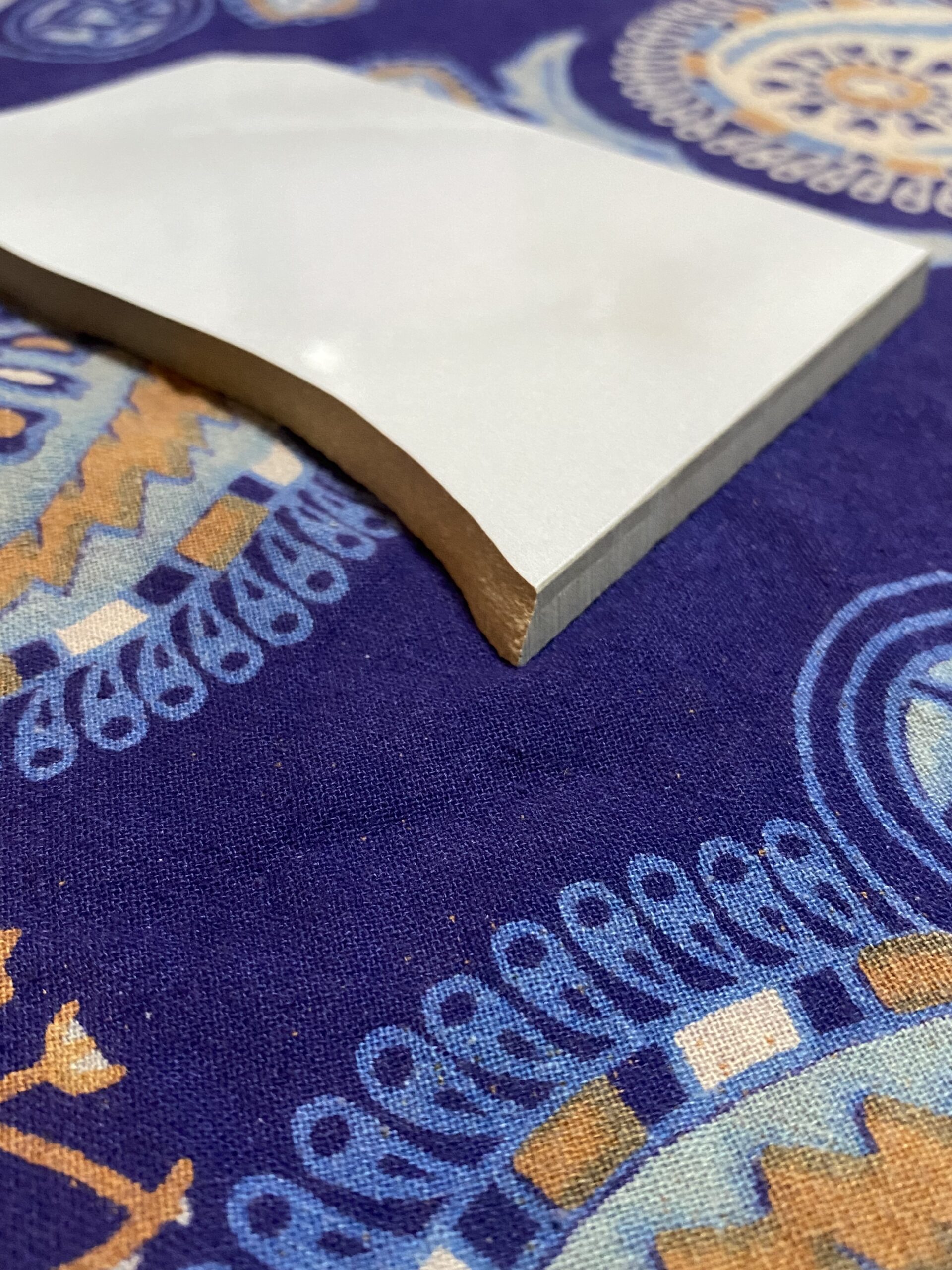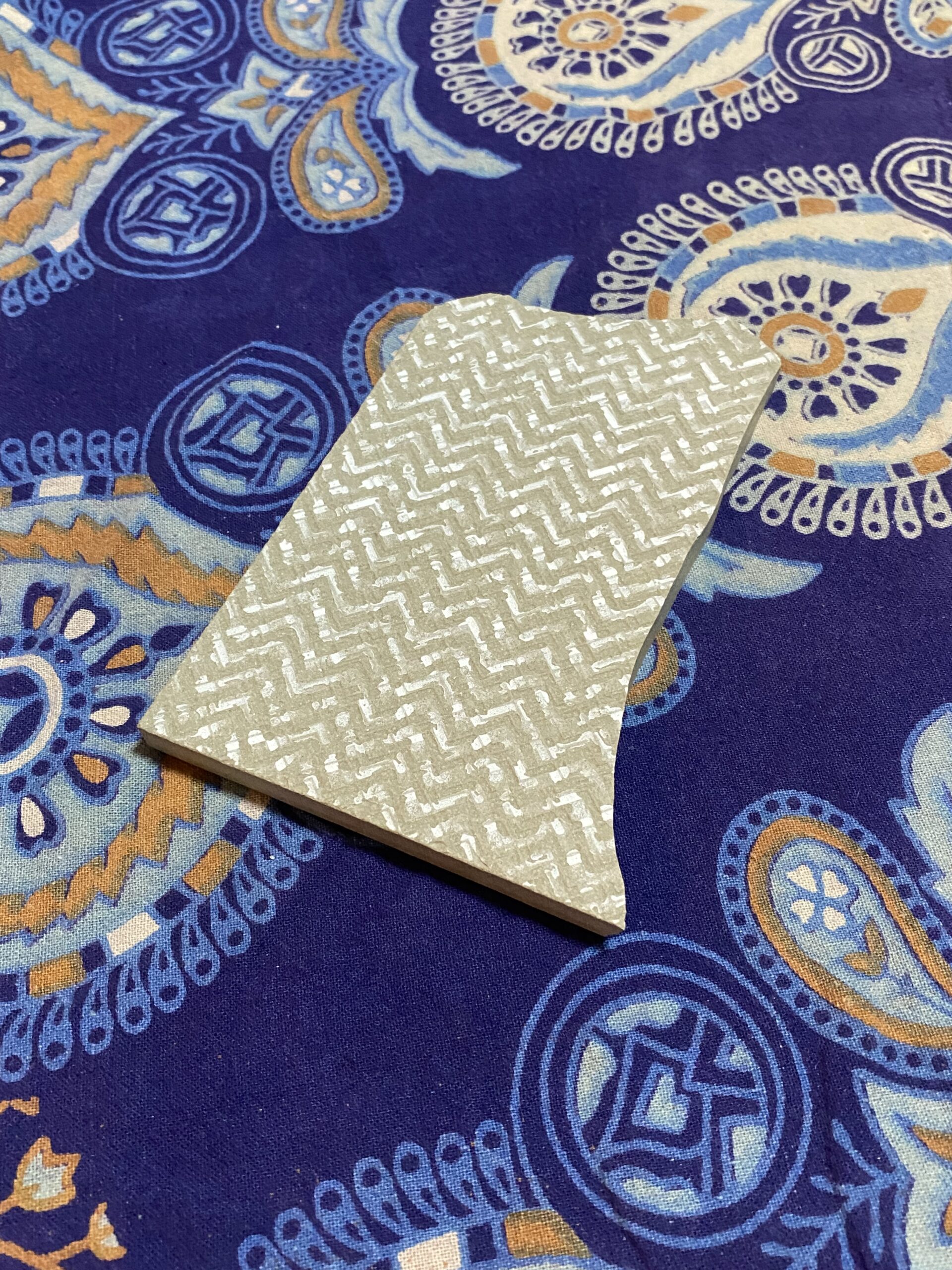Ceramic Tile Sample Test Results — for a tile sent in by a reader in Oklahoma
 XRF Test Results For:
XRF Test Results For:
Home Depot Daltile Kemperstone
Onyx Gray Polished 12 in. x 24 in. Glazed Porcelain Floor and Wall Tile
For those new to this website:
Tamara Rubin is a multiple-Federal-award-winning independent advocate for childhood Lead poisoning prevention and consumer goods safety, and a documentary filmmaker. She is also a mother of Lead-poisoned children (two of her sons were acutely Lead-poisoned in 2005). Since 2009, Tamara has been using XRF technology (a scientific method used by the U.S. Consumer Product Safety Commission) to test consumer goods for toxicants (specifically heavy metals — including Lead, Cadmium, Mercury, Antimony, and Arsenic). All test results reported on this website are science-based, accurate, and replicable. Items are tested multiple times to confirm the test results for each component tested. Tamara’s work was featured in Consumer Reports Magazine in February of 2023 (March 2023 print edition).
120-second test — glazed surface of the tile
Repeated multiple times to confirm the results
- Lead (Pb): 49 +/- 9 ppm (which translates to a low of 40 and a high of 58 ppm)
- Cadmium (Cd): non-detect
- Mercury (Hg): non-detect
- Iron (Fe): 991 +/- 96 ppm
- Cobalt (Co): 116 +/- 41 ppm
- Copper (Cu): 152 +/- 23 ppm
- Zinc (Zn): 20,700 +/- 300 ppm
- Zirconium (Zr): 13,700 +/- 200 ppm
- Barium (Ba): 424 +/- 32 ppm
- Platinum (Pt): 715 +/- 64 ppm
- No other metals were detected in consumer goods mode.
90-second test — glazed surface of the tile
Repeated multiple times to confirm the results
- Lead (Pb): 16 +/- 6 ppm (which translates to a low of 10 and a high of 22 ppm)
- Cadmium (Cd): non-detect
- Mercury (Hg): non-detect
- Titanium (Ti): 1,743 +/- 829 ppm
- Manganese (Mn): 226 +/- 118 ppm
- Iron (Fe): 9,444 +/- 252 ppm
- Cobalt (Co): non-detect
- Copper (Cu): 51 +/- 17 ppm
- Zinc (Zn): 691 +/- 30 ppm
- Zirconium (Zr): 1,021 +/- 19 ppm
- Barium (Ba): 184 +/- 22 ppm
- Platinum (Pt): 71 +/- 23 ppm
- Bismuth (Bi): 17 +/- 6 ppm
- No other metals were detected in consumer goods mode.
Interpretation of the results:
Most samples of the clay bases for modern ceramic products (including dishes and tile) test positive for between 20 and 40 ppm Lead. This level of Lead indicates that Lead is a commonly found trace contaminant of the raw material rather than an intentionally added ingredient. The level of Lead found in both the substrate (unglazed area/bottom of the tiles) and the glaze (decorative coating) of this particular tile is considered “safe by all current standards,” including standards for items intended for use by children (substrates of items intended for children are illegal if the Lead-level is over 100 ppm Lead; the paint or coating or glaze, in this case the glaze, of an item intended for use by child must contain no more than 90 ppm Lead).
It is important to note (for this particular example) that the Lead levels found in the glazed surface of the tile were consistently higher than the Lead levels found in the substrate (by about 2x). This indicates that there is also a separate trace of Lead contamination in the glaze (although that is also not at a level that would be considered an added ingredient).
Is it safe?
In general, I would consider this tile relatively safe, although I would still want to see fairly thorough dust containment during any demolition/removal (or cutting, during installation).
- If the tile were to be cut and installed in a vacant home, even with the very low levels of Lead found in this particular tile, I would advocate for thorough containment and cleanup of the dust (using this method — link) and subsequent dust wipe sampling (more info on that here — link) after the work was done to check for any Lead dust contamination. In this scenario, the home should not be occupied until it can be confirmed that the dust wipe sample results come back at levels below 5 micrograms of Lead per square foot (and ideally, at levels below 3).
- If this tile were to be installed in a home that is not vacant, I would encourage the residents to not be present for the installation (especially if there are children residing in the home), and I would encourage the contractor to do any tile cutting outside — at least 30 feet away from any areas where children may play.
Follow-up question:
The reader who sent in this tile also asked the following question: “Is grout known to contain Lead? Any brands that don’t contain Lead or maybe sealant takes care of that?”
In my experience (which includes XRF testing I have personally done in bathrooms and kitchens of homes across the country), modern grout compounds do not contain Lead. I do understand, however, that historic examples of grout compounds sometimes have been found to contain asbestos and possibly other toxicants — so care should be taken (and containment systems used) when removing vintage grout and tile. Ideally, an assessment for asbestos should be done before any renovation that includes the demolition of existing tile. If asbestos is found, a certified professional asbestos remediation contractor should be used for that part of the project. I also found this article interesting — as it mentions the concern for BPA in modern epoxy-based grout products (note: it is on a site that sells grout, so take that for what it is worth!). Here’s a second article of interest from that same website.
Never Miss an Important Article Again!
Join our Email List











